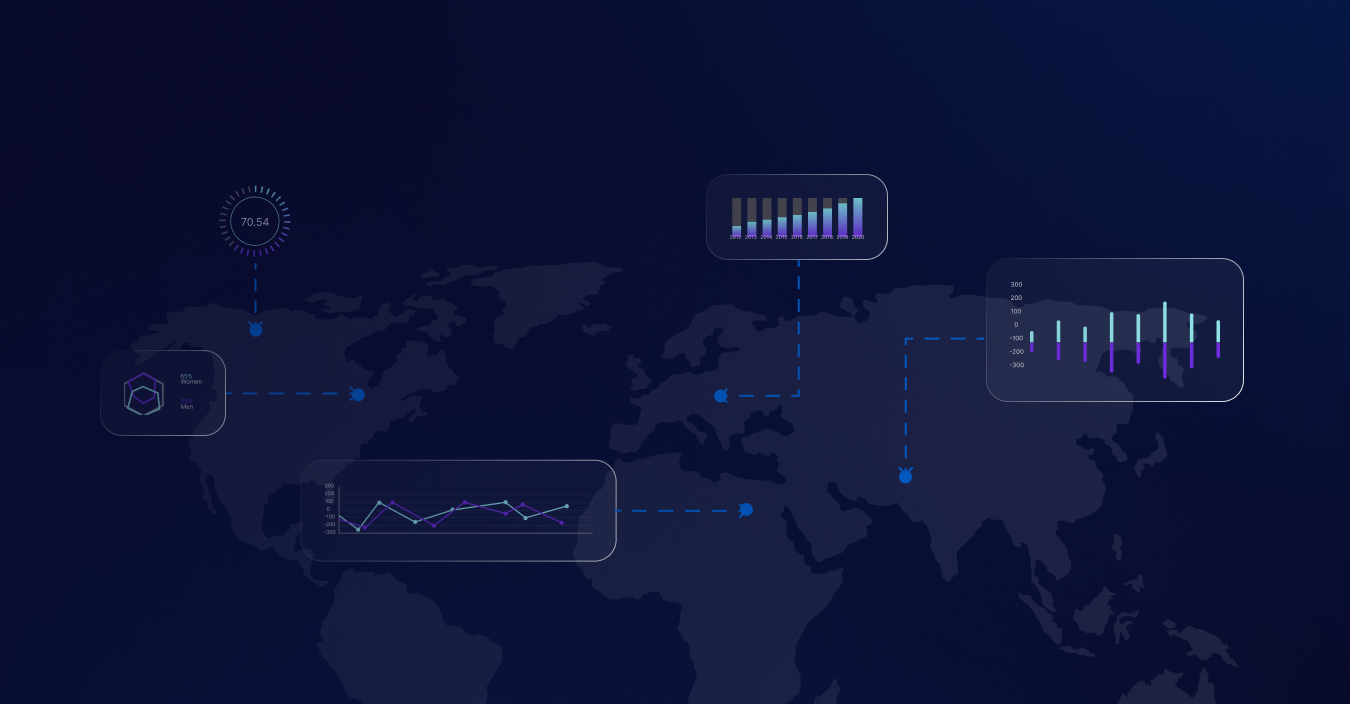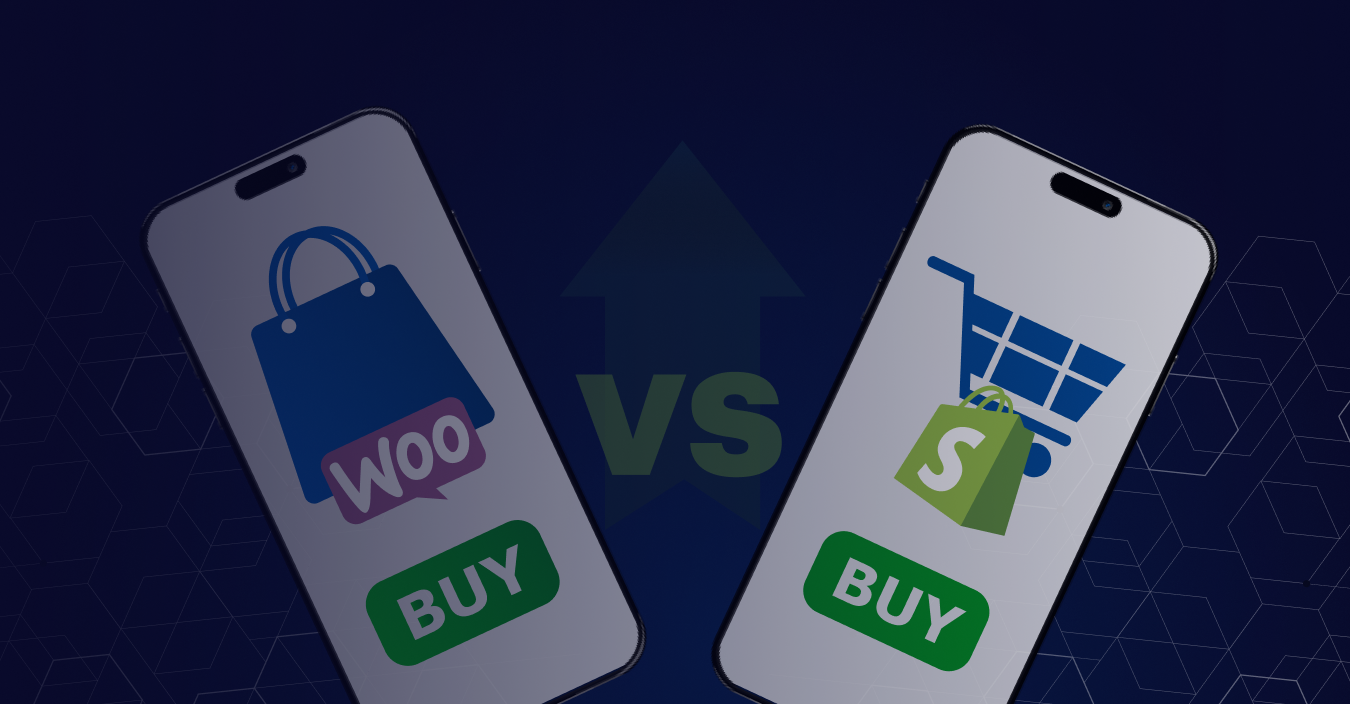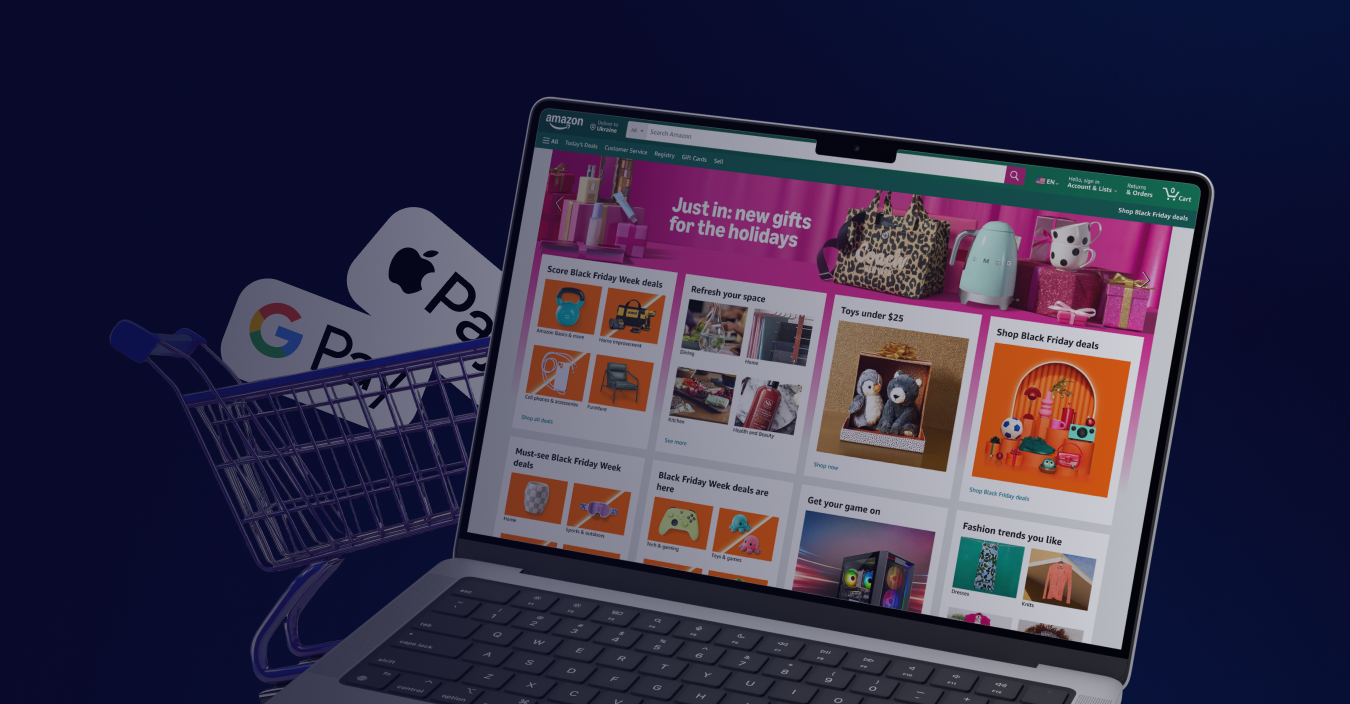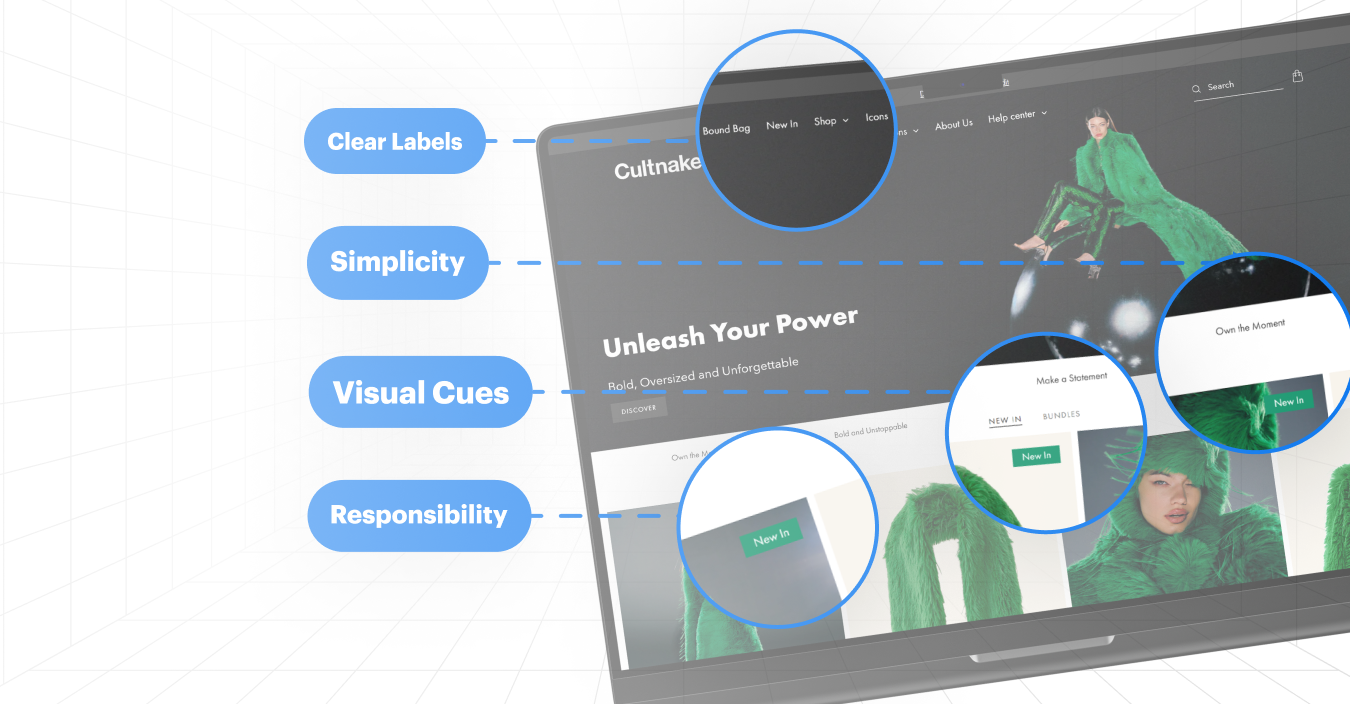Last Updated | December 17, 2024
Product Recommendations
Recommending products based on a user’s browsing history, purchase history, and preferences is one of the most common forms of personalization. Algorithms analyze past behaviors and use that data to suggest items that are likely to be of interest. These recommendations not only enhance the user experience but can significantly drive up conversion rates and average order value by promoting relevant items.
For instance, if a customer frequently browses fashion items, the website will suggest similar items, styles, or even complementary products such as accessories.
User Profiles
Building detailed user profiles is a foundational aspect of personalization. By collecting and analyzing data such as location, age, gender, browsing habits, and purchase history, ecommerce platforms can create comprehensive profiles for each user. These profiles serve as the basis for tailoring everything from product recommendations to marketing messages.
User profiles can even help segment audiences, allowing businesses to customize their marketing efforts and promotions for different groups, ensuring a more targeted and effective approach.
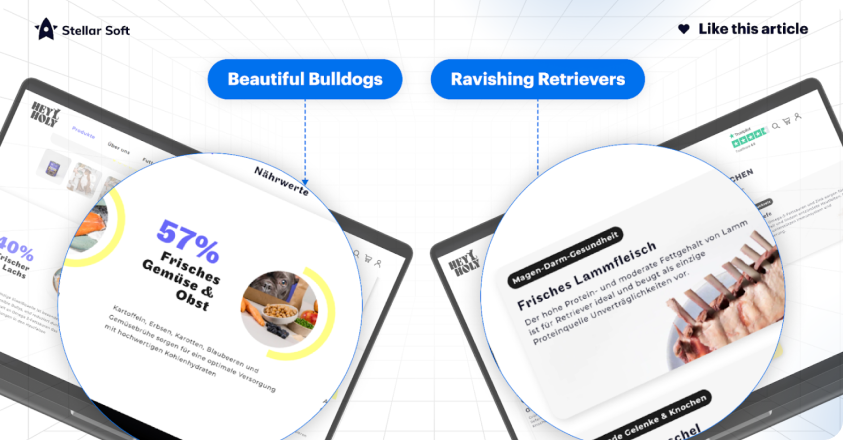
Dynamic Content
Dynamic content adapts in real-time based on the user’s actions, preferences, and past behavior. This might include personalized product listings, banners that reflect the user’s browsing history, or promotional messages that resonate with their interests. For example, a user who consistently shops for electronics will see banners showcasing deals on gadgets, while someone interested in fashion might see offers on clothing and accessories.
This strategy ensures that users are presented with content that is highly relevant to their preferences, making their shopping experience more enjoyable and engaging.
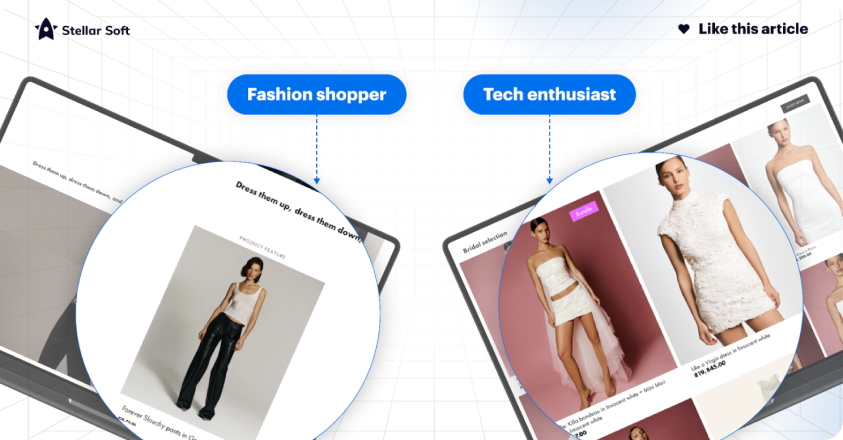
Email Marketing
Personalized email marketing campaigns take the user’s browsing and purchasing history into account to deliver customized recommendations, special offers, and content that is directly relevant to their interests. Email campaigns that are highly personalized can boost open and click-through rates, as they feel more like tailored communication rather than a generic advertisement.
For example, after a user abandons a cart, they might receive an email reminding them of the items they left behind, along with product recommendations or a discount offer to entice them to complete their purchase.
Personalized Pricing
Some ecommerce platforms employ dynamic pricing algorithms to adjust product prices based on user behavior, demographics, and purchase history. This strategy allows businesses to offer individualized discounts or deals based on customer loyalty, browsing activity, or purchase frequency.
For instance, loyal customers might receive exclusive offers or discounts, while new visitors could be presented with promotional deals to encourage a purchase.
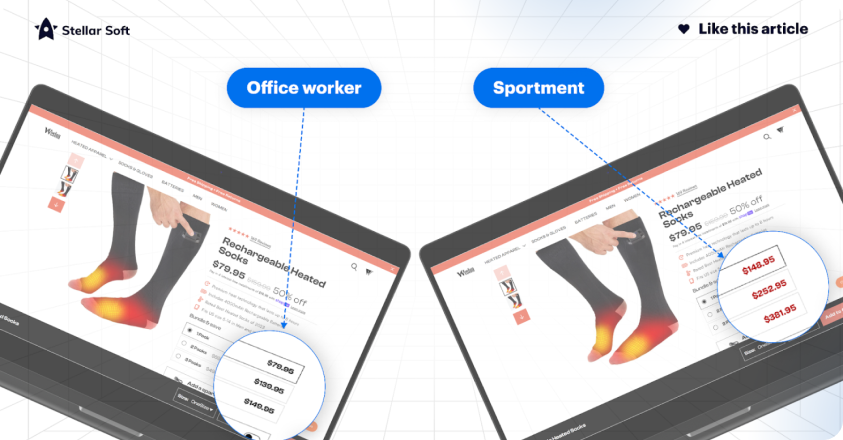
Abandoned Cart Recovery
Abandoned cart recovery is a highly effective way to win back potential customers. Sending personalized reminders to users who have left items in their shopping cart encourages them to return and complete the purchase. These reminders often include the exact items left in the cart, along with additional incentives such as discounts or free shipping.
The combination of personalization and timely offers can significantly improve conversion rates from abandoned carts.
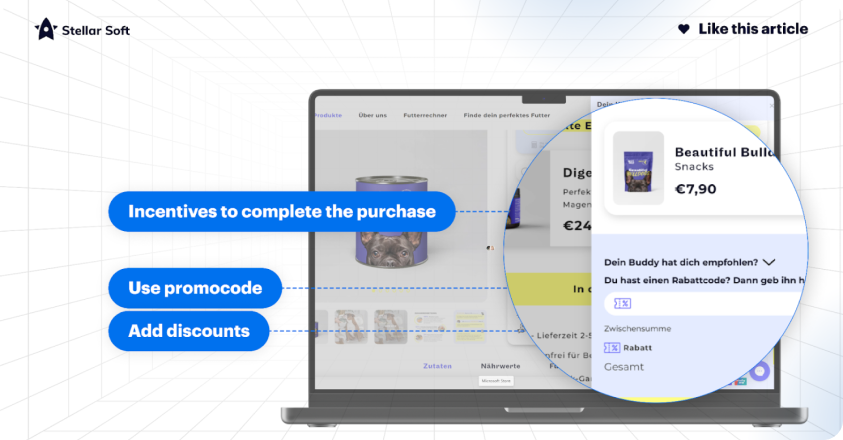
Location-Based Personalization
Location-based personalization can take many forms, from offering localized shipping options to providing region-specific promotions. For example, users in certain geographic areas might see localized ads, store availability, or delivery options that cater to their region. Location-based personalization ensures that the shopping experience is convenient and relevant, making it more likely that users will complete their purchase.
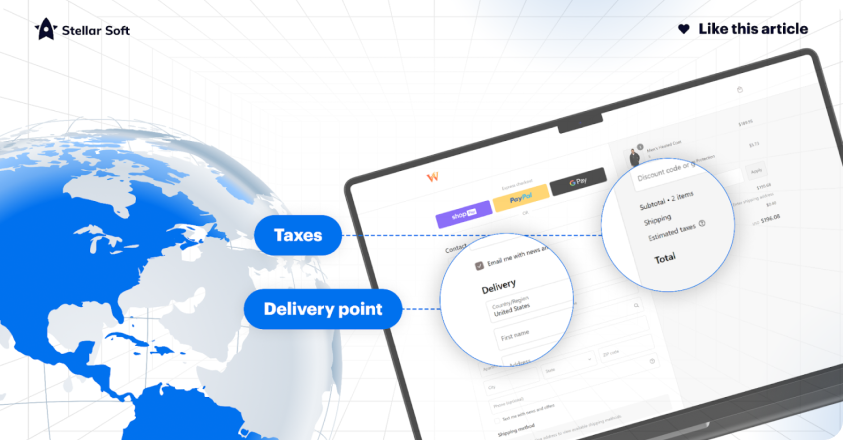
Social Media Integration
Many ecommerce platforms integrate with social media channels, allowing businesses to gather valuable insights from users’ social activity. This integration enables the platform to recommend products liked or shared by the user’s friends, providing a more social and engaging shopping experience. The social proof aspect also adds credibility to the product, increasing the likelihood of a purchase.
For example, if a friend likes or recommends a product on Facebook, that item may appear in personalized recommendations for other users.
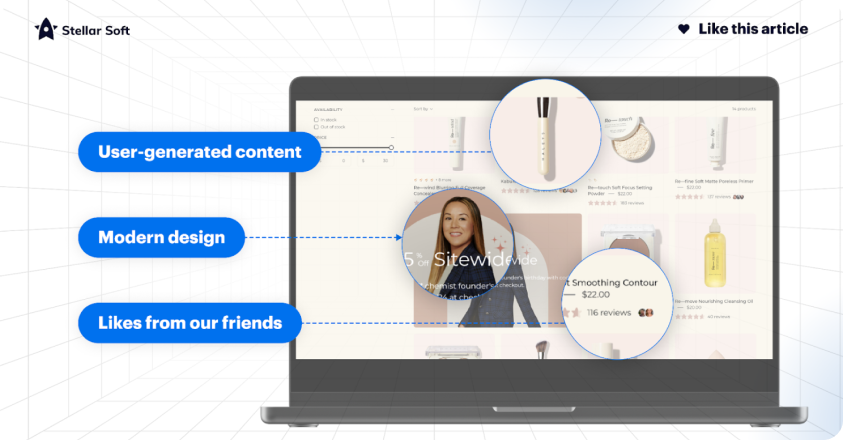
Mobile App Personalization
As mobile commerce continues to grow, personalizing the mobile app experience has become essential for customer engagement. Mobile apps can provide a more tailored shopping experience by using data such as user preferences, location, and behavior to display personalized recommendations and offers. A mobile app can also offer location-based notifications, personalized push messages, and easy access to previously browsed items.
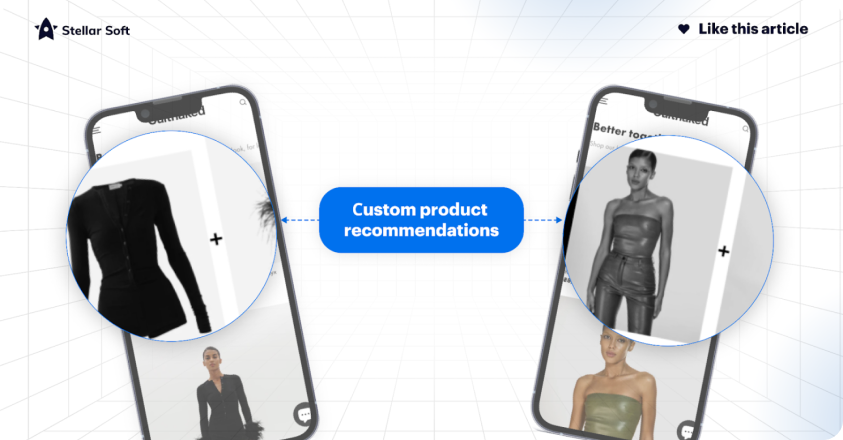
Customer Service
Personalized customer service, whether delivered through chatbots or live agents, plays a crucial role in improving the customer experience. By leveraging user data, chatbots can provide tailored assistance, answering specific questions based on the user’s history, preferences, and past purchases. Live agents can also use this information to offer more informed and relevant support.
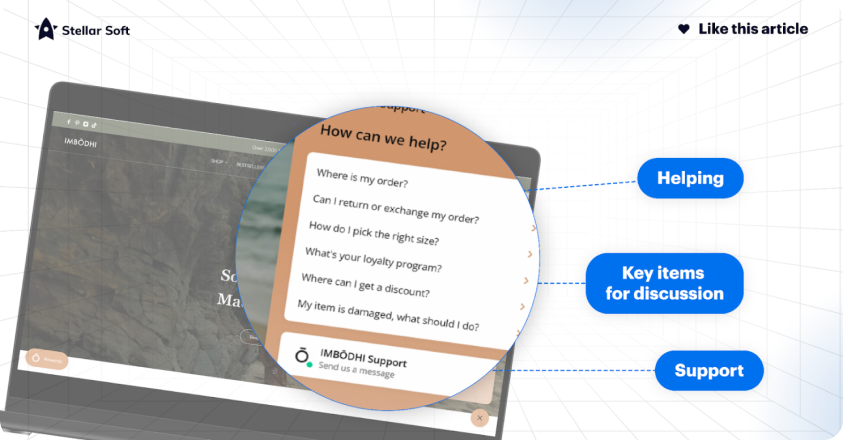
User Feedback
User feedback is critical for refining personalization strategies. Collecting feedback allows businesses to continuously improve the customer experience by making data-driven adjustments. Personalized surveys, product reviews, or direct feedback mechanisms provide valuable insights into what customers enjoy or wish to improve, helping to fine-tune the personalized experience over time.
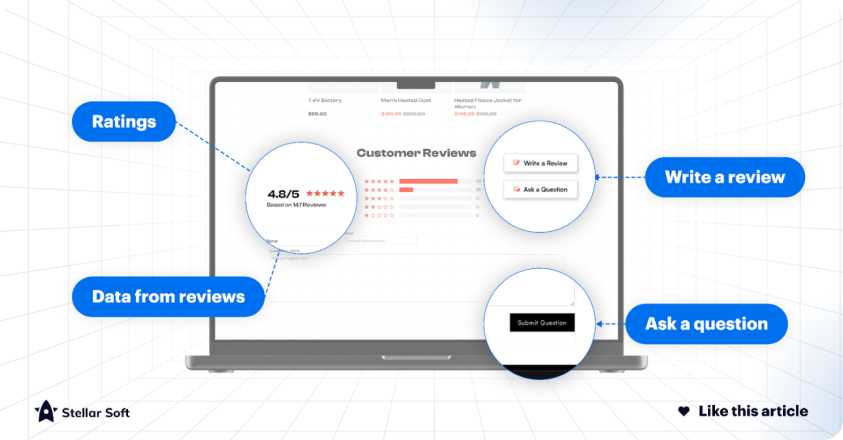
A/B Testing
A/B testing is a method used to evaluate different personalization strategies by presenting users with two variations of content or design and measuring their performance. This allows ecommerce businesses to determine which personalization tactics work best for specific user segments, enabling them to optimize the overall experience.
For example, one group might see a homepage with personalized product recommendations, while another sees generic content, allowing the business to track engagement and conversion differences.
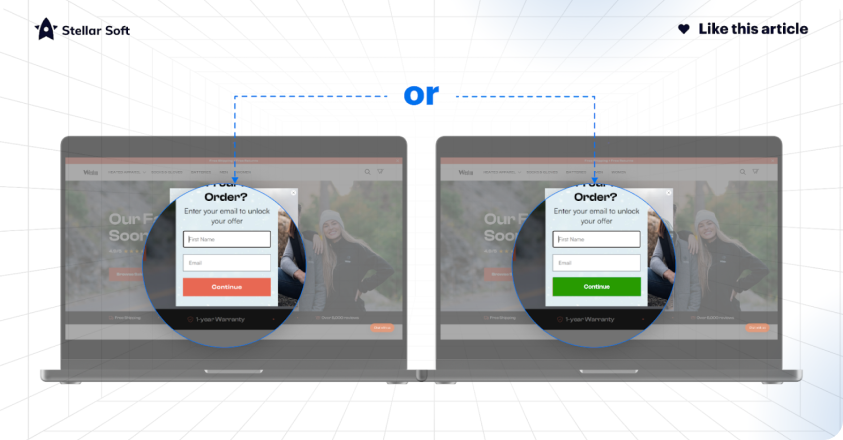
Conclusion
Effective personalization in ecommerce goes beyond simple product recommendations; it involves crafting a seamless, customized experience at every touchpoint in the customer journey. By leveraging user data, dynamic content, personalized communication, and location-based services, businesses can increase engagement, drive sales, and foster customer loyalty.
However, it is essential to balance personalization with respect for user privacy. Collecting and using customer data must be done in compliance with privacy regulations, ensuring that personalization efforts do not intrude upon user trust.
